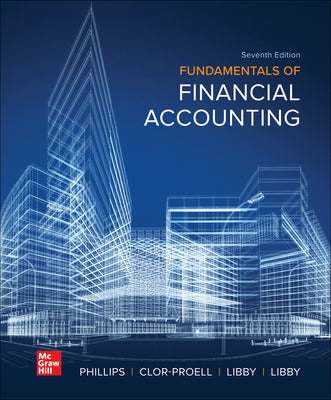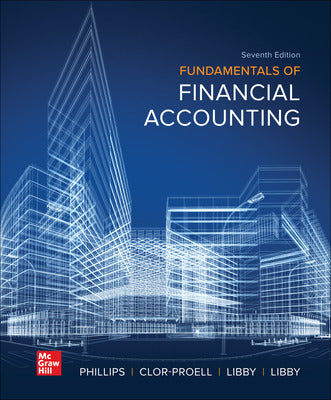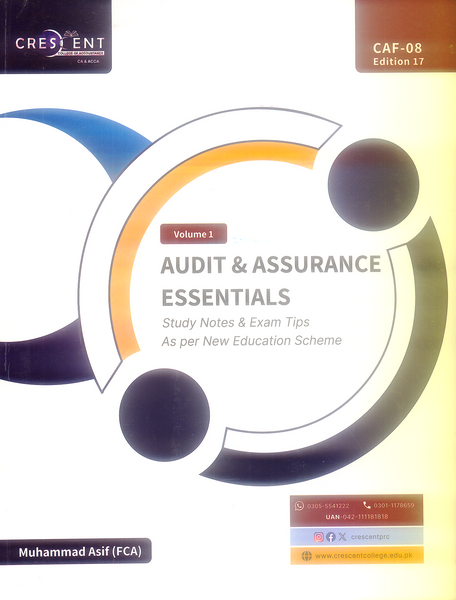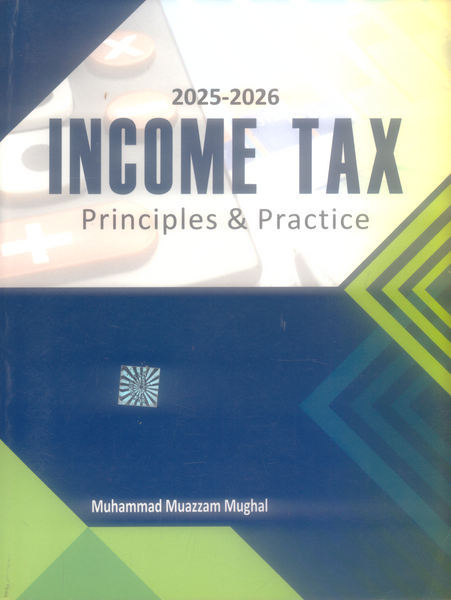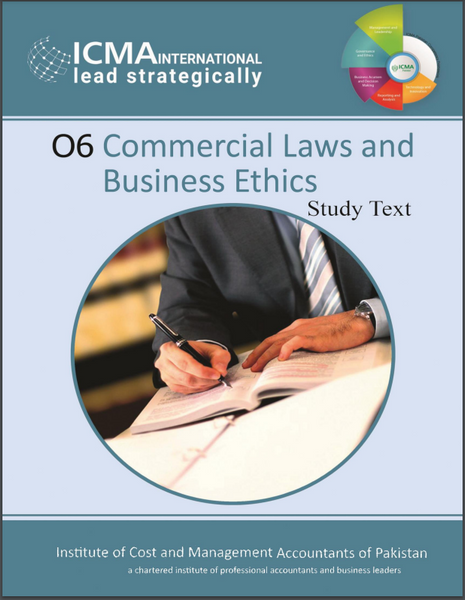Fundamentals Of Financial Accounting 7th Edition By Phillips Proell Libby
- Publisher: Accounting & Finance
- Availability: In Stock
- SKU: 48327
- Number of Pages: 768
Rs.1,480.00
Rs.1,995.00
Tags: Accounting Cycle , Accounting Period , Accounting Principles , Accrual Accounting , Adjusting Entries , Amortization , Asset Disposal , Asset Management , best books , Best Selling Books , BestBuy’s , Cash Flow , Cash Flow Management , Cash Management , Compliance , Conceptual Understanding , Cost of Goods Sold , Current Liabilities , Depreciation , Equity , Equity Transactions , Expense Recognition , financial accounting , Financial Analysis , Financial Information , Financial Reporting , Financial Statements , Financing Activities , Fundamentals Of Financial Accounting , good books , Internal Control , Inventory , Inventory Valuation , Investing Activities , Laws and Regulations , Liabilities , Libby , Long-Term Assets , Long-Term Liabilities , Merchandising Operations , Operating Activities , Payables , Phillips , Phillips Proell Libby , Proell , Proell Libby , Professionals. , Real-World Applications , Receivables , Recording , Reporting , Revenue Recognition , Safeguarding Assets , Statement of Cash Flows , Statement of Retained Earnings , Summarizing , Transactions
"Fundamentals of Financial Accounting" by Phillips, Proell, and Libby offers a comprehensive introduction to financial accounting principles and practices. This seventh edition emphasizes a clear, conceptual understanding of the essential financial statements, accounting cycle, and the application of accounting information in decision-making. Designed for students and professionals, the book includes numerous examples, exercises, and real-world applications to enhance learning and practical comprehension.
Key Points
1. Introduction to Financial Accounting Financial accounting involves the systematic recording, summarizing, and reporting of financial transactions to provide useful information for decision-makers.
2. The Accounting Cycle The accounting cycle is a series of steps taken during an accounting period to analyze, record, classify, summarize, and report financial information.
3. Understanding Financial Statements The primary financial statements are the balance sheet, income statement, statement of retained earnings, and statement of cash flows, each serving a distinct purpose in financial reporting.
4. Accrual Accounting and Adjusting Entries Accrual accounting recognizes revenues and expenses when they are incurred, not necessarily when cash is received or paid, requiring adjusting entries for accurate financial statements.
5. Merchandising Operations and Inventory This section covers the accounting for inventory and cost of goods sold in merchandising operations, including various inventory valuation methods.
6. Internal Control and Cash Internal controls are procedures and policies designed to safeguard assets, ensure accurate financial reporting, and promote compliance with laws and regulations.
7. Receivables and Payables Receivables represent amounts owed to the company, while payables are amounts the company owes to others, both crucial for managing cash flow.
8. Long-Term Assets Accounting for long-term assets includes acquisition, depreciation, amortization, and disposal, ensuring accurate reflection of asset values over time.
9. Liabilities and Equity This point covers the classification and reporting of current and long-term liabilities, as well as equity transactions affecting owners' claims on the company's resources.
10. Statement of Cash Flows The statement of cash flows provides insights into a company's cash inflows and outflows, categorized into operating, investing, and financing activities.
Conclusion
"Fundamentals of Financial Accounting" by Phillips, Proell, and Libby equips students and professionals with a solid foundation in financial accounting. By understanding and applying the principles and practices discussed in the book, readers can effectively interpret financial information, enhance their decision-making abilities, and contribute to the financial success of their organizations.
════ ⋆★⋆ ════
Writer ✤ Phillips Proell Libby

